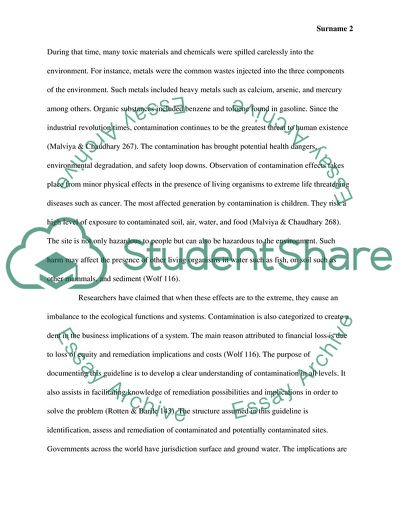Cite this document
(Guideline for Contaminated Site Remediation Literature review, n.d.)
Guideline for Contaminated Site Remediation Literature review. https://studentshare.org/environmental-studies/1829716-guideline-for-contaminated-site-remediation
Guideline for Contaminated Site Remediation Literature review. https://studentshare.org/environmental-studies/1829716-guideline-for-contaminated-site-remediation
(Guideline for Contaminated Site Remediation Literature Review)
Guideline for Contaminated Site Remediation Literature Review. https://studentshare.org/environmental-studies/1829716-guideline-for-contaminated-site-remediation.
Guideline for Contaminated Site Remediation Literature Review. https://studentshare.org/environmental-studies/1829716-guideline-for-contaminated-site-remediation.
“Guideline for Contaminated Site Remediation Literature Review”. https://studentshare.org/environmental-studies/1829716-guideline-for-contaminated-site-remediation.


